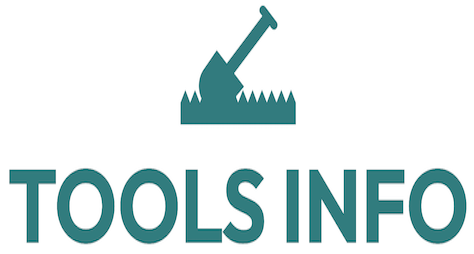Essential PPE for Concrete Cutting Jobs: Protecting Workers Effectively
Essential PPE for concrete cutting jobs is critical to ensuring safety for workers involved in these high-risk tasks. From cutting concrete slabs to grinding surfaces, the hazards such as flying debris, dust inhalation, noise, and sharp edges require specialized protective equipment. This article explores the necessary PPE required, its benefits, practical uses, and tips for maintaining a safe work environment.
Understanding the Risks of Concrete Cutting and Grinding
Concrete cutting and grinding present various occupational risks including:
- Flying fragments and sharp debris
- Harmful dust particles like silica dust
- Excessive noise levels damaging hearing
- Physical injuries from sharp or rotating blades
Without proper protective gear, workers are vulnerable to respiratory diseases, eye injuries, hearing loss, and skin abrasions. Hence, adopting essential PPE is mandatory and often regulated by occupational safety standards.
Key Components of Essential PPE for Concrete Cutting Jobs
1. Respiratory Protection
Concrete dust contains crystalline silica which can cause serious respiratory conditions such as silicosis. Wearing a properly fitted respirator or dust mask specifically rated for fine particulates prevents inhalation of harmful dust.
2. Eye and Face Protection
Safety goggles or full-face shields protect against flying debris and dust particles. The equipment must be impact-resistant and offer a comfortable fit to ensure consistent use.
3. Hearing Protection
Concrete cutting and grinding generate high noise levels often exceeding safe thresholds. Earplugs or earmuffs reduce the risk of hearing loss over time.
4. Hand Protection
Durable gloves protect hands from sharp edges, abrasions, and vibrations caused by power tools. Cut-resistant gloves or those designed for concrete work are ideal.
5. Body Protection
Wearing long-sleeved shirts, durable work pants, and sometimes even aprons or protective coveralls helps shield skin from dust and small flying particles.
6. Foot Protection
Steel-toe boots provide essential protection against heavy falling objects and sharp debris on the floor.
Benefits of Using Proper PPE in Concrete Cutting
- Health Protection: Minimizes exposure to hazardous dust and noise.
- Injury Prevention: Reduces risk from flying debris and sharp tools.
- Compliance with Regulations: Ensures adherence to OSHA and other workplace safety requirements.
- Increased Productivity: Confident workers tend to perform tasks more efficiently and with lower risk.
- Enhanced Comfort: Modern PPE is designed for ergonomic use, reducing strain and fatigue.
Practical Tips for Using PPE During Concrete Cutting and Grinding
- Always inspect PPE before each use for damage or wear.
- Ensure respirators and masks fit snugly without gaps.
- Use noise protection consistently when operating loud power tools.
- Change disposable filters and dust masks regularly.
- Maintain clean work gloves and replace them when compromised.
- Provide proper training about the correct use and limitations of all PPE.
Pros and Cons of Essential PPE for Concrete Cutting Jobs
Pros
- Significantly reduces the risk of worksite injuries and illnesses.
- Easy to implement as part of standard safety protocols.
- Widely available and often mandatory.
Cons
- Some PPE can cause discomfort or heat during long wear.
- Improper use or poor maintenance can reduce effectiveness.
- Costs may be a concern for small contractors without bulk purchasing.
Frequently Asked Questions (FAQ)
What type of respirator is best for concrete cutting?
A NIOSH-approved N95 or P100 particulate respirator is recommended to filter out fine silica dust effectively.
How often should PPE be replaced?
Disposable PPE such as dust masks should be replaced daily or when saturated. Gloves and goggles should be inspected regularly and replaced upon signs of damage.
Can standard safety glasses suffice for eye protection?
Standard glasses may not offer full face coverage needed against sparks and debris; safety goggles or face shields are preferred.
Are there special gloves for concrete work?
Yes, gloves designed for concrete jobs usually have abrasion resistance and good grip to handle tools and materials safely.
Conclusion
Essential PPE for concrete cutting jobs is indispensable for protecting workers from various serious hazards associated with cutting and grinding concrete. Proper selection, use, and maintenance of respiratory gear, eye protection, hearing protection, gloves, and protective clothing create a safer and more productive work environment. Compliance with safety protocols not only preserves health but also improves overall worksite efficiency.
Want to learn more? Click HERE to explore related guides.
